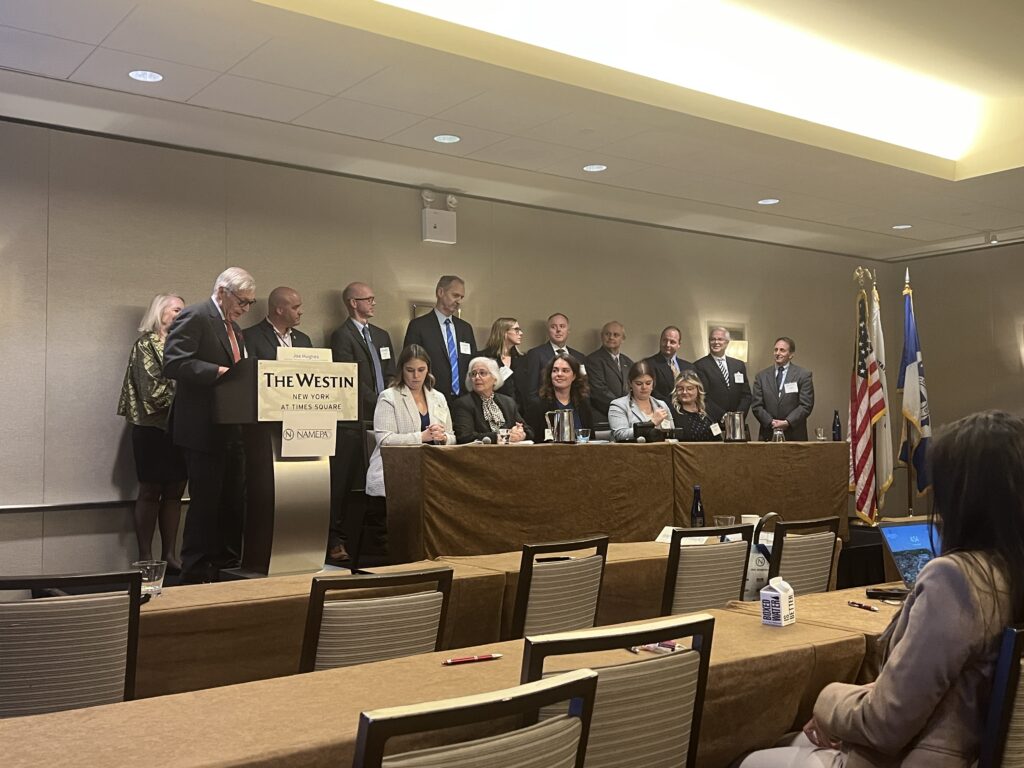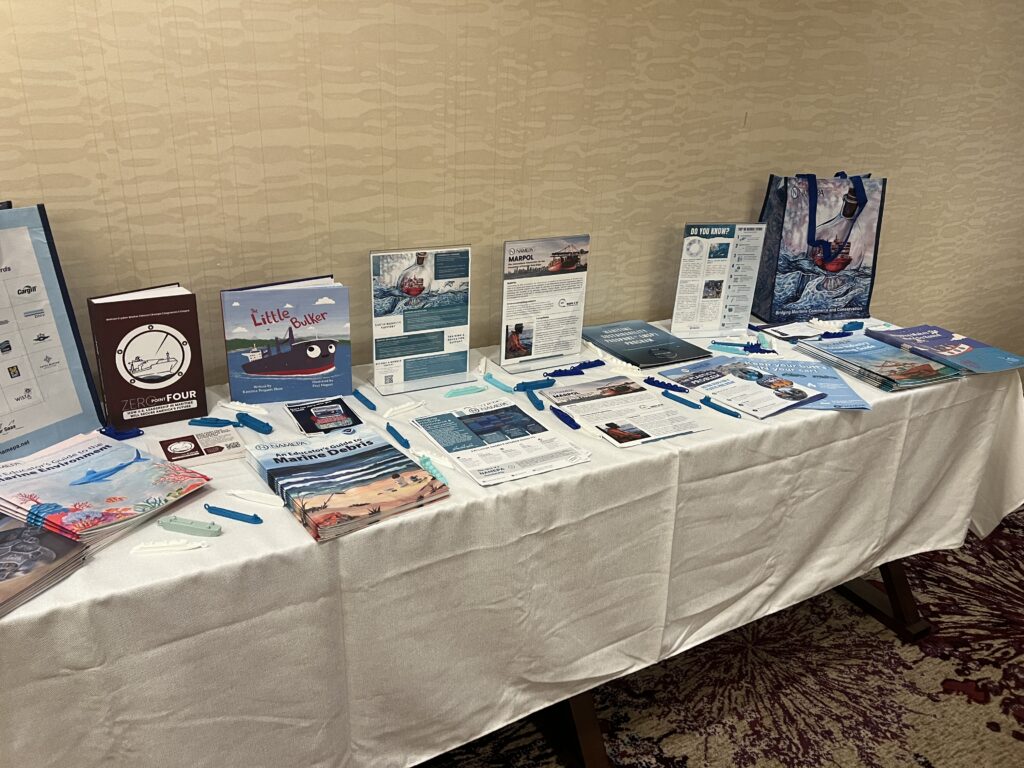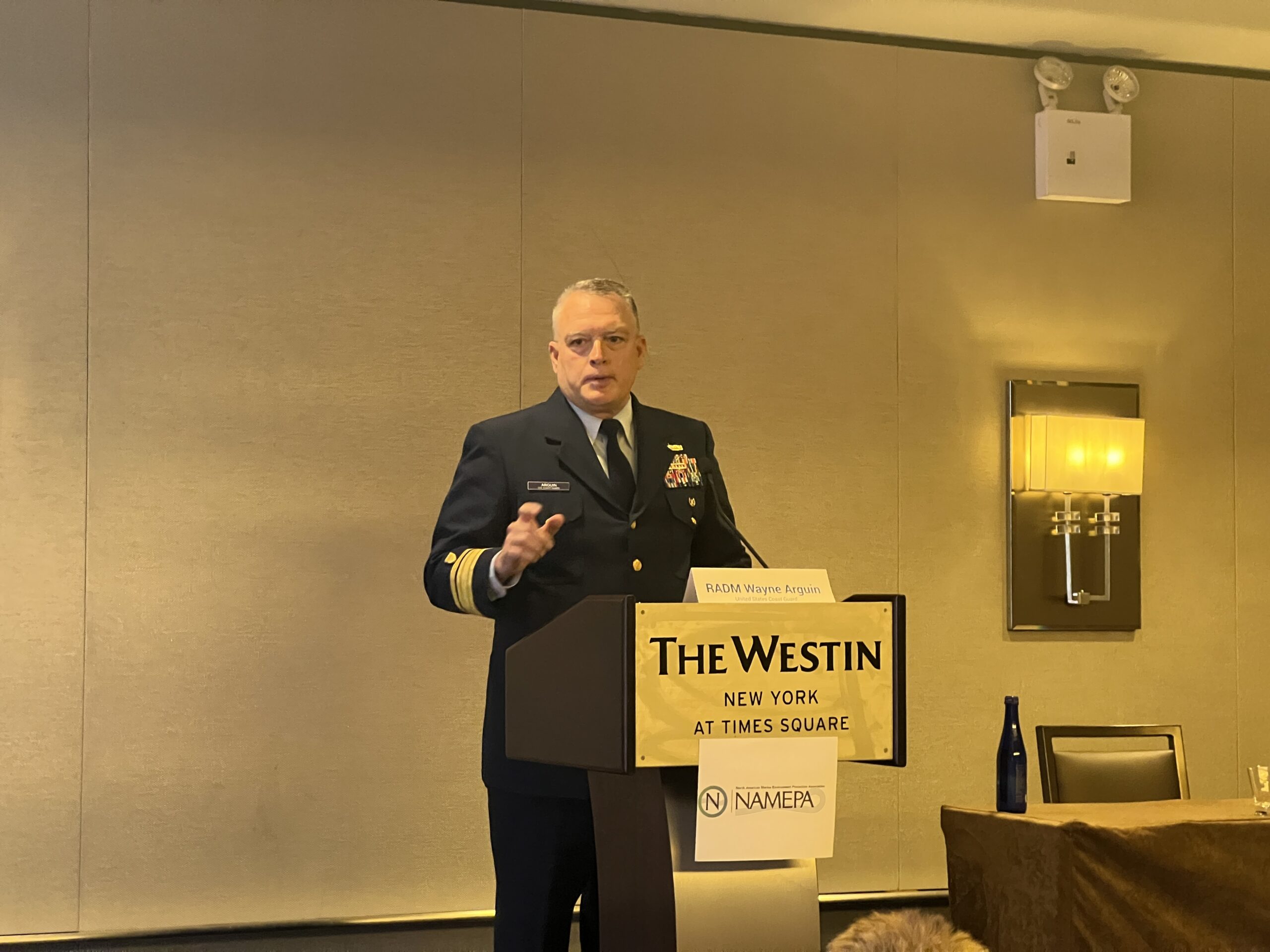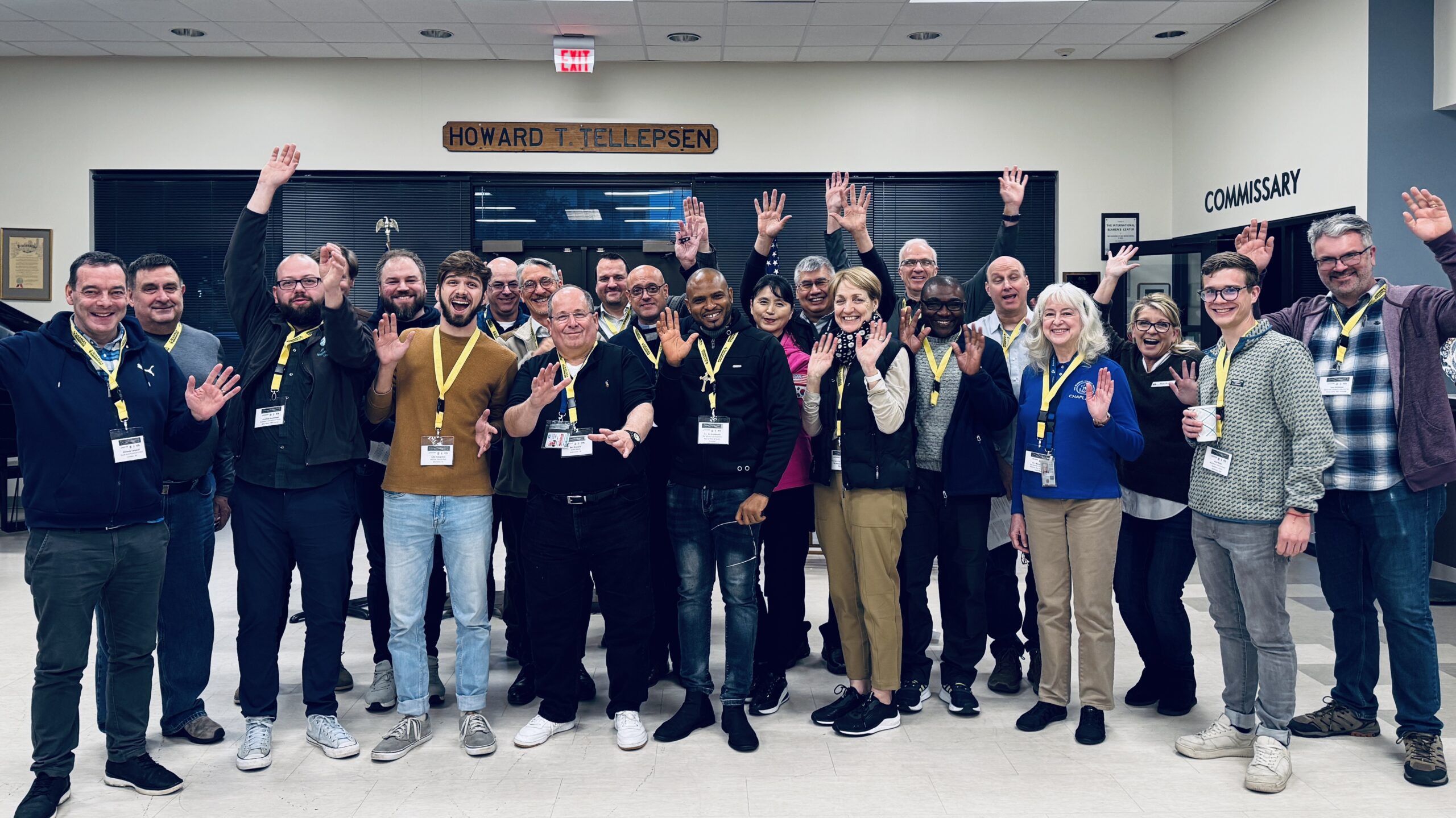The 2024 NAMEPA Annual Conference and Marine Environment Protection Awards, held on October 24 in New York City, placed a significant focus on the topic of risk in the maritime industry, particularly as it pertains to the welfare and safety of seafarers. With a diverse range of speakers, the event explored the complexity of managing emerging risks in a rapidly changing geopolitical and technological landscape. These risks, while daunting, also presented opportunities for innovation and leadership within the industry.



The conference began with an insightful introduction by Joe Hughes, Chairman of NAMEPA and the Shipowners Claims Bureau (The American Club). Hughes set the tone for the day’s discussions by emphasizing the rapid emergence of new risks, which, he argued, is proportional to the inherent volatility of the environment in which they arise. “The speed at which new risks emerge is proportional to the inherent volatility of the environment in which they are incubated,” Hughes stated, repeating the idea to drive home the urgency of this dynamic. He illustrated his point with the example of rocket and drone attacks on merchant shipping in the Southern Red Sea, which became a pressing concern earlier in the year. Despite long-standing volatility in different regions of the world, the suddenness and severity of these new threats caught even seasoned observers off guard, highlighting how unpredictable risks can materialize swiftly in unstable regions.
Hughes also introduced a second, related proposition: “The risks to which any entity is exposed increase in proportion to the complexity of the environment in which that entity is situated.” In today’s maritime world, the regulatory, political, and economic environments are becoming more intricate, leading to a corresponding rise in risks. One clear example of this complexity, Hughes noted, is the extension of sanctions regimes by the United States, United Kingdom, and European Union in relation to Russian crude oil and petroleum products. These sanctions have imposed new compliance obligations on shipowners, creating a risk of non-compliance that was largely unforeseen even five years ago. As a result, maritime organizations now face an unprecedented burden of ensuring that their operations remain within legal frameworks, all while navigating geopolitical tensions and economic uncertainty.
For seafarers, these developments translate into tangible, everyday risks. The increasing complexity of their operating environment means that they not only have to contend with traditional physical dangers but also face the ever-growing threat of regulatory entanglements, geopolitical strife, and compliance challenges. Hughes warned that while the evolving risk landscape is not inherently negative—since many new regulations are designed to protect the environment and promote seafarer welfare—the demands placed on shipowners, operators, and the crews themselves have never been greater. In his closing remarks, Hughes expressed a measure of pessimism about the near future, noting that as the world becomes more volatile and complex, maritime risks will likely continue to grow. “We can only hope,” he concluded, “that from these tempestuous seas of burgeoning risk, we will eventually sail into calmer waters.”
Following Hughes’ remarks, Rear Admiral Wayne Arguin, Assistant Commandant for Prevention Policy at the U.S. Coast Guard, delivered the conference’s keynote address. Arguin’s presentation, titled “Innovation and Environmental Responsibility: Breaking Free from the Status Quo in Maritime,” built upon Hughes’ themes by focusing on the need for stability in the face of change. Arguin stressed that for the maritime industry to successfully innovate and address environmental concerns, there must be a predictable regulatory framework. “If you’re going to build new ships and operate within the marine transportation system, having a sense of certainty about what standards you’re going to need to meet is going to be extremely important,” he stated. The rapid introduction of new technologies, such as liquefied natural gas (LNG) and even nuclear-powered vessels, presents opportunities for reducing the industry’s carbon footprint. However, these advances also come with challenges, particularly in the realm of cybersecurity, which Arguin identified as a key area of vulnerability for modern shipping operations.
The integration of digital technologies in maritime operations has increased the industry’s exposure to cyberattacks, Arguin warned. Ships are increasingly reliant on interconnected systems for navigation, communication, and cargo management, making them prime targets for hackers. “Every single interconnected device, from phones to ship systems, presents a potential vulnerability,” Arguin noted, emphasizing that the consequences of a cyberattack on a ship in transit could be catastrophic. He gave the example of a ship navigating through a narrow and congested waterway, where a cyberattack could disrupt critical operations at a crucial moment. “I don’t need that to happen when a ship’s going around Algiers Point,” he said, underscoring the high stakes of ensuring cybersecurity resilience.
Arguin also highlighted the need for investment in port infrastructure to accommodate the growing size of ships and to prevent bottlenecks in the supply chain. The resilience of ports, he argued, is critical not only to national security but also to the global economy. He shared insights from his team’s work in assessing the unique risks faced by individual ports across the United States, aiming to create a more uniform and systematic approach to risk management. “The old adage, ‘If you’ve been to one port, you’ve been to one port,’ is true,” Arguin said, but the goal is to develop a comparative framework that can identify and address risks before they lead to significant disruptions.
For seafarers, these issues of port infrastructure and cybersecurity are far from abstract. The efficiency of port operations directly impacts their work conditions, and the growing reliance on digital systems introduces new challenges for crew members, who must now be trained not only in traditional maritime skills but also in the management of high-tech systems and cybersecurity protocols. Arguin pointed out that while technological innovation is crucial to the industry’s future, it is equally important to ensure that the humans at the heart of maritime operations—seafarers—are equipped to handle these changes. “We cannot forget the humans in the loop,” he said, stressing that as ships become more advanced, the training and well-being of seafarers must remain a top priority.
The first half of the seminar closed with a panel discussion moderated by Jan Hagen Andersen, Business Development Director for DNV USA. The panel, titled “Geopolitical Forces in Maritime: Navigating a Complex Landscape,” explored how the intersection of geopolitical tensions and maritime operations creates risks for both shipping companies and seafarers. While much of the discussion focused on high-level political and economic trends, the panelists emphasized that these global forces have direct consequences for those working at sea. From sanctions and trade wars to regional conflicts that disrupt shipping routes, the geopolitical landscape adds yet another layer of complexity to the risks that seafarers face daily.
Jan-Willem van den Dijssel, Americas Lead at Cargill Inc. Ocean Transportation, underscored the human cost of these geopolitical disruptions. He spoke about the war in Ukraine and how it has endangered seafarers passing through the Black Sea. “We have mariners navigating waters where they are targets,” van den Dijssel noted, highlighting the extreme risks faced by those in contested regions. He also touched on the broader issue of national security, arguing that the maritime industry must adapt to a world where security concerns are increasingly a part of everyday operations. As nations impose new regulations and tighten control over shipping routes, seafarers find themselves on the front lines of these geopolitical battles, often with little control over their own safety.





